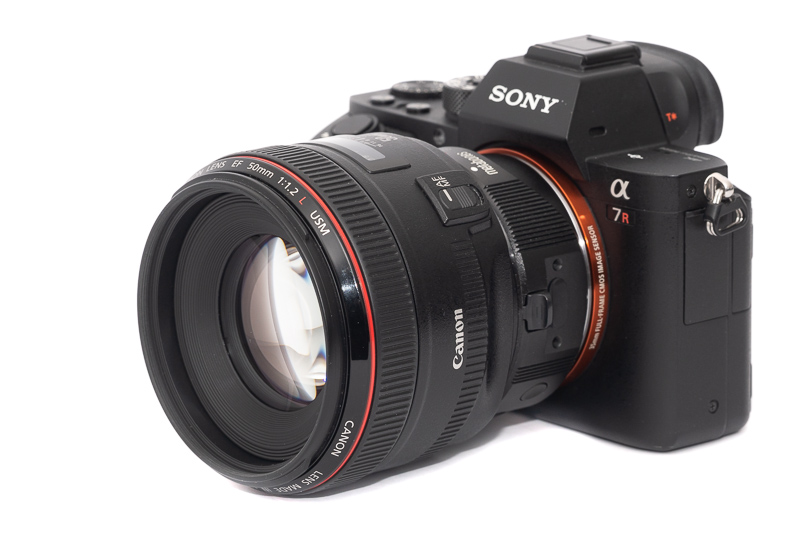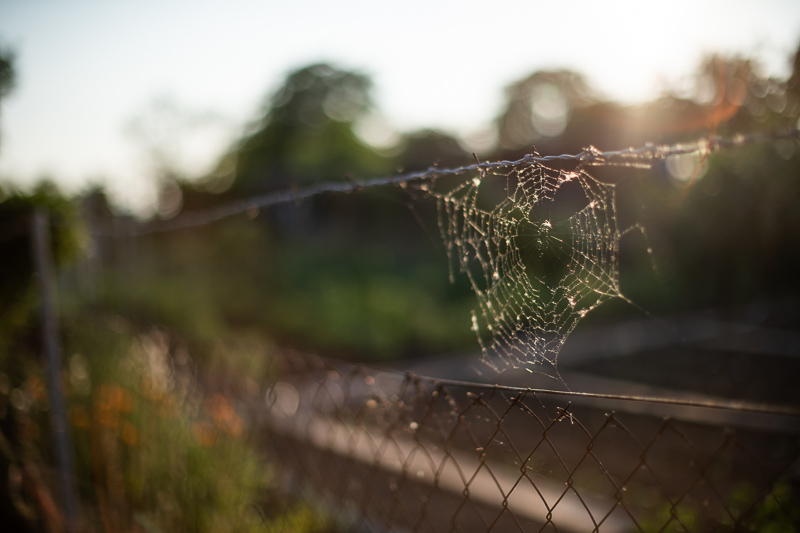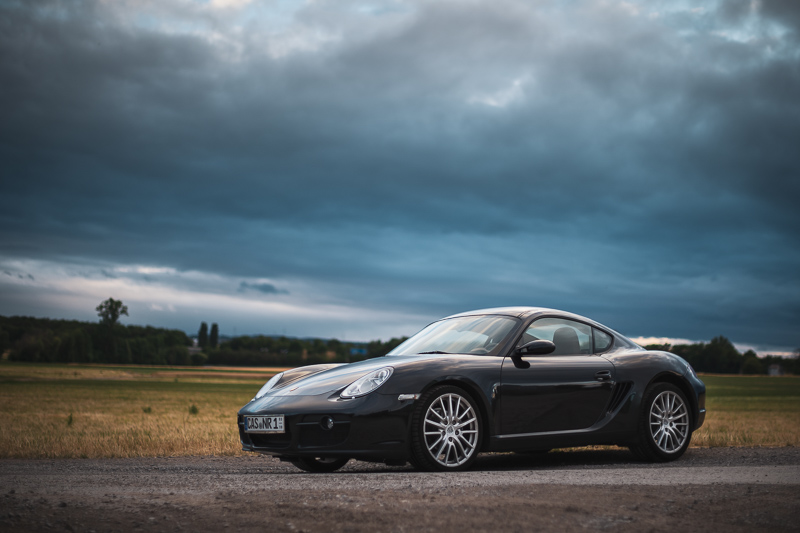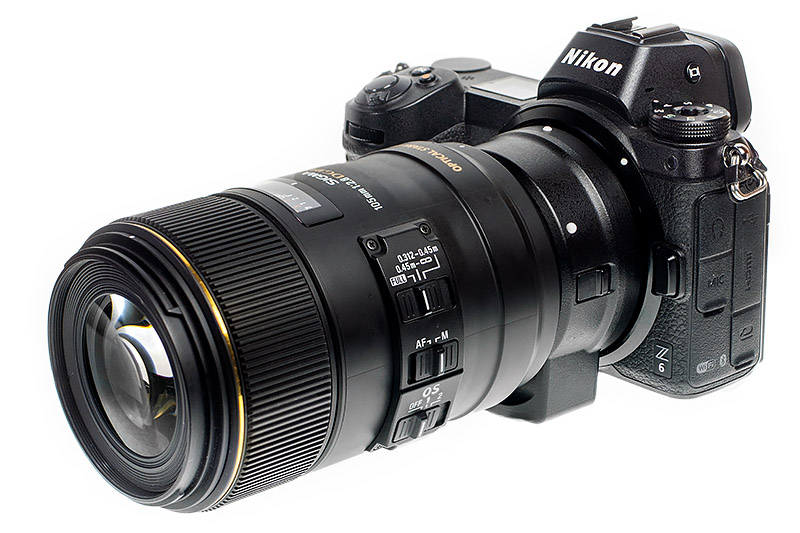Introduction
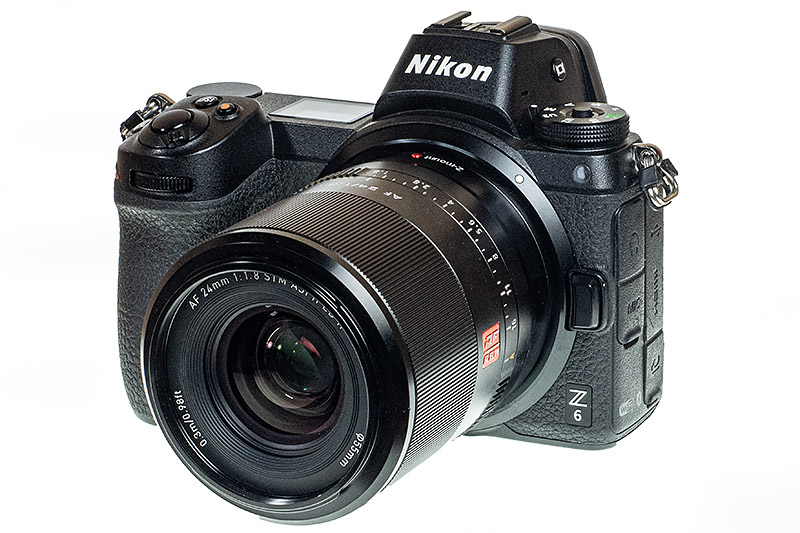
Viltrox AF 24/1.8 Z, is the only AF prime 24mm lens for Nikon Z cameras besides the Nikon Nikkor Z 24/1.8 S (Also available with Sony FE mount). The full name is “Viltrox AF 24mm 1:1.8 STM ASPH ED IF for Nikon Z“. 24mm on a full frame camera is quite wide at the verge of ultra-wide angle, which can create dramatic images but at the same time it is not so wide that it makes composing images difficult. It is great for landscape photography, but due to its f/1.8 wide aperture, it can also be easily used indoors or in other low-light situations. It costs less than half as much as the Nikon 24mm lens, which makes it a very attractive alternative, but is it good enough? Let’s find out!
Sample Images




Continue reading Review: Viltrox AF 24mm 1:1.8 STM ASPH ED IF (Z mount)

